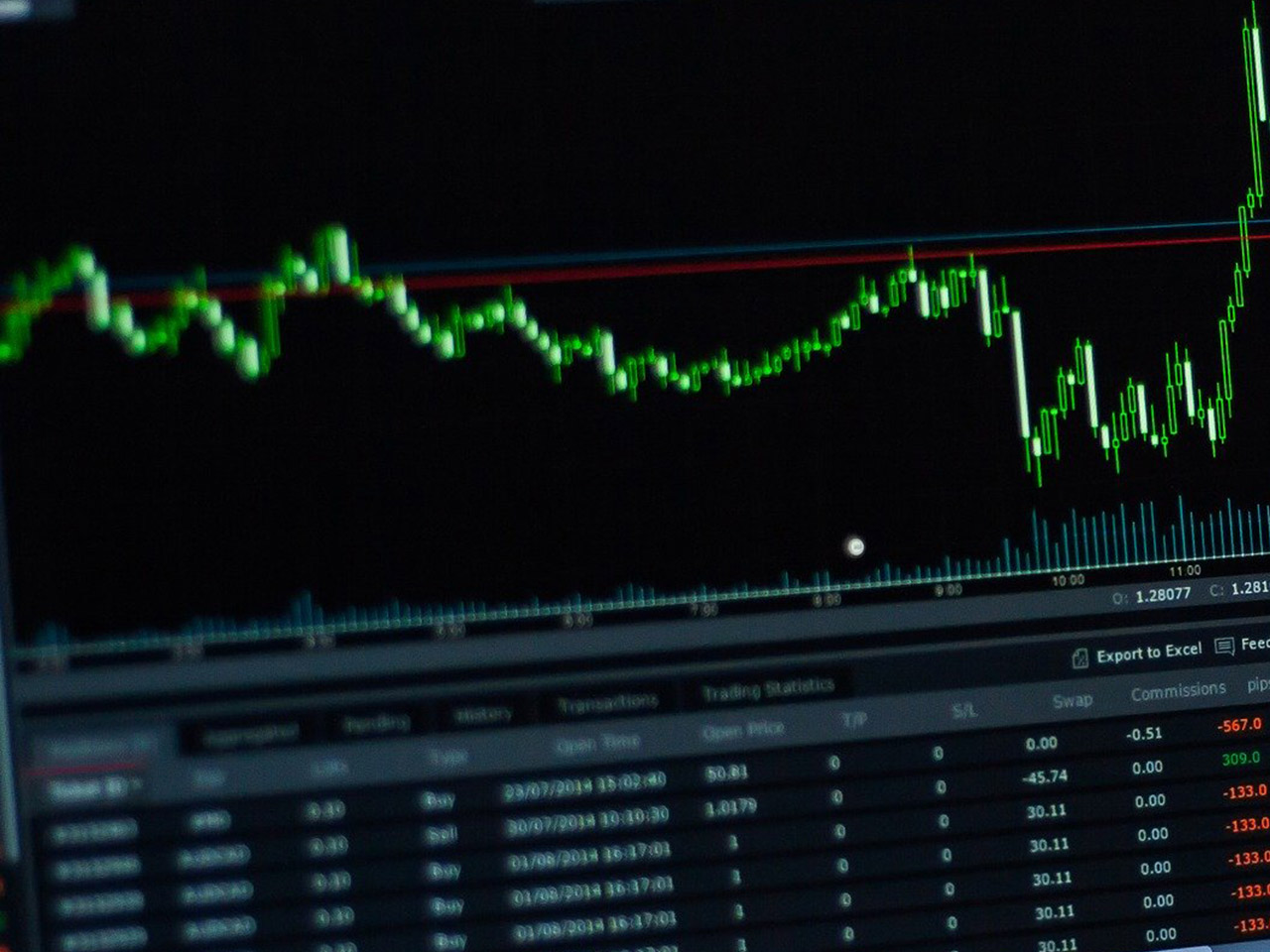Investors eyeing opportunities within the renewable energy sector may find the Bluefield Solar Income Fund Li (BSIF.L) a compelling prospect. With a market capitalization of $478.99 million, Bluefield Solar Income Fund offers exposure to the burgeoning solar energy market, although its financial metrics present a unique profile that investors should carefully consider.
At the current trading price of 80.9 GBp, Bluefield Solar Income Fund’s stock has experienced a modest decline of 2.20 GBp, representing a slight dip of 0.03%. Over the past 52 weeks, the stock has fluctuated between 75.50 GBp and 106.80 GBp, indicating some volatility that investors must account for in their risk assessments.
A deeper look at its valuation metrics reveals a gap in available data, with key indicators such as the P/E Ratio, PEG Ratio, and Price/Book value notably absent. This lack of information could pose a challenge for investors seeking to make data-driven decisions based on traditional valuation metrics. The absence of these metrics might reflect the company’s distinct positioning within the market or an evolving business model that defies conventional analysis.
Performance metrics also remain scarce, with no available figures on revenue growth, net income, or earnings per share (EPS). For income-focused investors, the dividend yield and payout ratio are also not disclosed, leaving questions about the fund’s income-generating potential unanswered. This lack of transparency might necessitate a more thorough independent analysis or consultation with financial advisors familiar with the renewable energy sector.
Analyst sentiment appears neutral, with no buy, hold, or sell ratings available for Bluefield Solar Income Fund. This absence of consensus could suggest that the fund is flying under the radar of major analysts, potentially offering an opportunity for investors who can perform their own due diligence.
From a technical standpoint, the fund’s technical indicators paint a mixed picture. The stock is trading below both its 50-day and 200-day moving averages, which are 85.35 and 90.37, respectively. This could indicate a bearish trend, further emphasized by the Relative Strength Index (RSI) of 12.12, which suggests the stock is heavily oversold. The MACD and Signal Line are also negative at -1.35 and -1.43, respectively, potentially reinforcing the current bearish sentiment.
In the context of the renewable energy industry, Bluefield Solar Income Fund offers an intriguing proposition for investors willing to navigate the challenges of limited data and technical indicators. As the global push for sustainable energy solutions continues, funds like Bluefield could benefit from increased interest and investment in solar energy infrastructure.
Investors considering an entry into Bluefield Solar Income Fund should weigh the potential of the solar sector against the current lack of comprehensive financial data and analyst endorsements. As always, a balanced portfolio approach and thorough market research are advisable to mitigate risks and capitalize on potential growth within the renewable energy landscape.



































